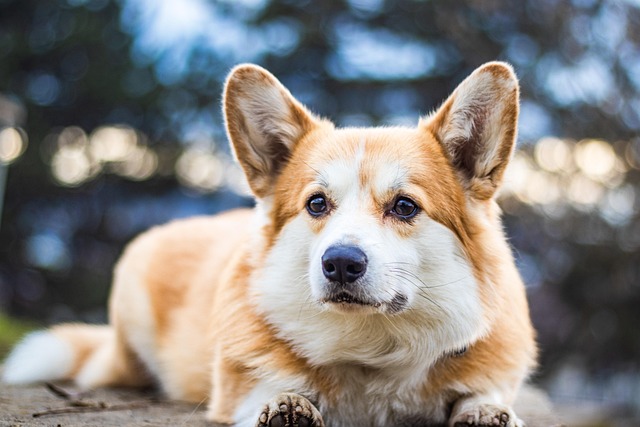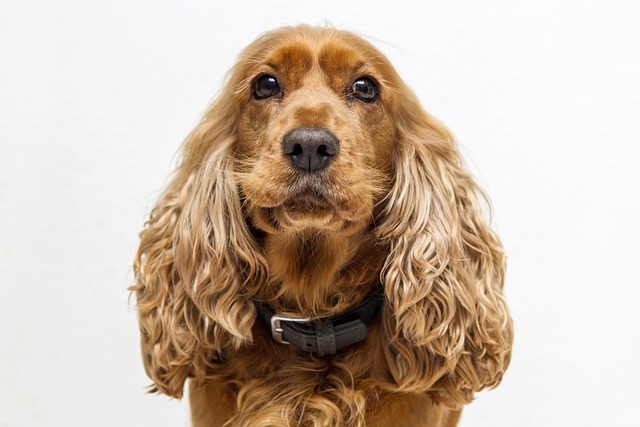Deciding the best age to train a Chihuahua sparks debate among new owners, often fueled by well-meaning but conflicting advice. While many seek a magic number, the reality is far more nuanced than a simple calendar date. These tiny companions possess distinct personalities and developmental trajectories, making a rigid timeline ineffective. Understanding your individual dog's temperament, confidence levels, and learning style becomes far more crucial than adhering to a universal starting point. Rushing training based solely on age can backfire, while waiting too long might allow unwanted habits to solidify.
Several key factors significantly influence the ideal window for initiating training. The Chihuahua's inherent temperament plays a starring role; a bold, outgoing puppy might thrive with gentle guidance earlier than a naturally shy or anxious one who needs more time to build confidence in their environment. Physical development matters too – their tiny bladders dictate realistic expectations for housebreaking timelines. Cognitive readiness is equally vital; puppies possess remarkable learning capacity during early socialization periods, but their attention spans are fleeting. Observing signs like curiosity about their surroundings, basic responsiveness to their name, and an eagerness to engage offers better clues about readiness than age alone. Consider the story of Luna, a timid rescue Chihuahua; her owner wisely delayed formal obedience until she felt secure at home, focusing first on building trust through positive interactions, leading to much more successful training later on.
Effective Chihuahua training tips by age emphasize adapting methods to the dog's life stage and personality. For very young puppies (8-16 weeks), the focus should be overwhelmingly positive, leveraging their natural curiosity. This prime socialization window involves gentle exposure to diverse sights, sounds, people, and other vaccinated dogs, paired with high-value treats. Basic cues like "sit" can be introduced through playful luring, but sessions must be incredibly short – think mere minutes – and always end on a success. The goal isn't perfection but creating positive associations with learning and the world. Adolescent and adult Chihuahuas bring different challenges. An older dog might need help unlearning ingrained habits like excessive barking or resource guarding. Personalized Chihuahua training methods become essential here. A confident adult might respond well to clear, consistent clicker training, while a fearful dog might need counter-conditioning techniques to change their emotional response to triggers before expecting specific behaviors.
Behavioral science provides valuable insights into Chihuahua training timing. Research consistently highlights a critical socialization window peaking before 16 weeks of age, where positive experiences profoundly shape a dog's future confidence and behavior. While formal obedience can start gently within this period, their young brains are primed more for learning about safety and novelty than complex commands. Studies also show that dogs, regardless of size, learn best through positive reinforcement methods that build motivation. Veterinary behaviorists note that smaller breeds like Chihuahuas can sometimes mature faster cognitively than larger breeds but stress that individual variation is vast. This underscores why personalized schedules, based on observing the dog's progress and comfort, consistently outperform rigid age-based plans. Pushing a dog cognitively or emotionally unprepared can lead to stress, shutdown, and hinder long-term learning.
For American Chihuahua owners, practical steps make all the difference. Start by becoming a keen observer of your dog. Notice what motivates them (food, toys, praise?) and what situations make them uneasy. Set realistic, incremental goals; mastering "look at me" or settling calmly on a mat are foundational achievements. Utilize tools suited to their size: a comfortable harness (like the Freedom No-Pull style preferred by many trainers), a lightweight 4-6 foot leash, and tiny, high-value treats (think boiled chicken bits or freeze-dried liver). Remember leash laws vary across states and municipalities; consistent leash training is non-negotiable for safety. Resources like the AKC's Canine Good Citizen program outline foundational skills, while certified professional dog trainers (CPDT-KA) specializing in small breeds or positive reinforcement offer invaluable guidance, especially for addressing specific challenges. Patience and consistency are your most powerful tools.
Ultimately, fixating on finding the single best age to train a Chihuahua misses the broader picture. Success lies in embracing a flexible, compassionate strategy attuned to your unique companion. Whether you welcome an 8-week-old puppy or adopt a mature adult, begin with understanding, build trust through positive experiences, and progress at their individual pace. Celebrate small victories, remain patient through setbacks, and prioritize your bond above all. By focusing on their specific needs, temperament, and comfort level rather than a calendar, you cultivate not just obedience, but a deeply rewarding relationship built on mutual trust and understanding. Your tiny companion's unique personality is the true guide to when and how they learn best.





